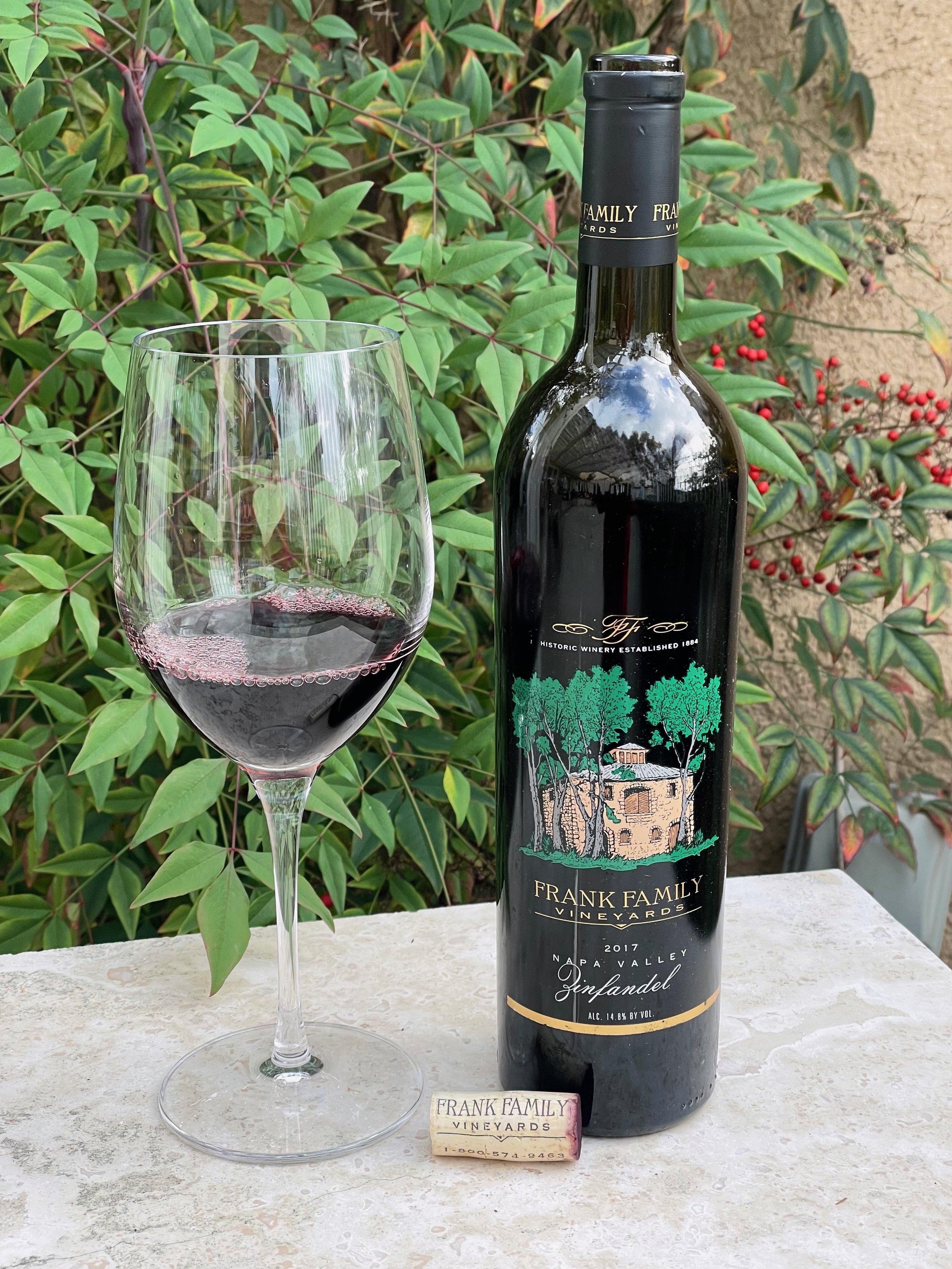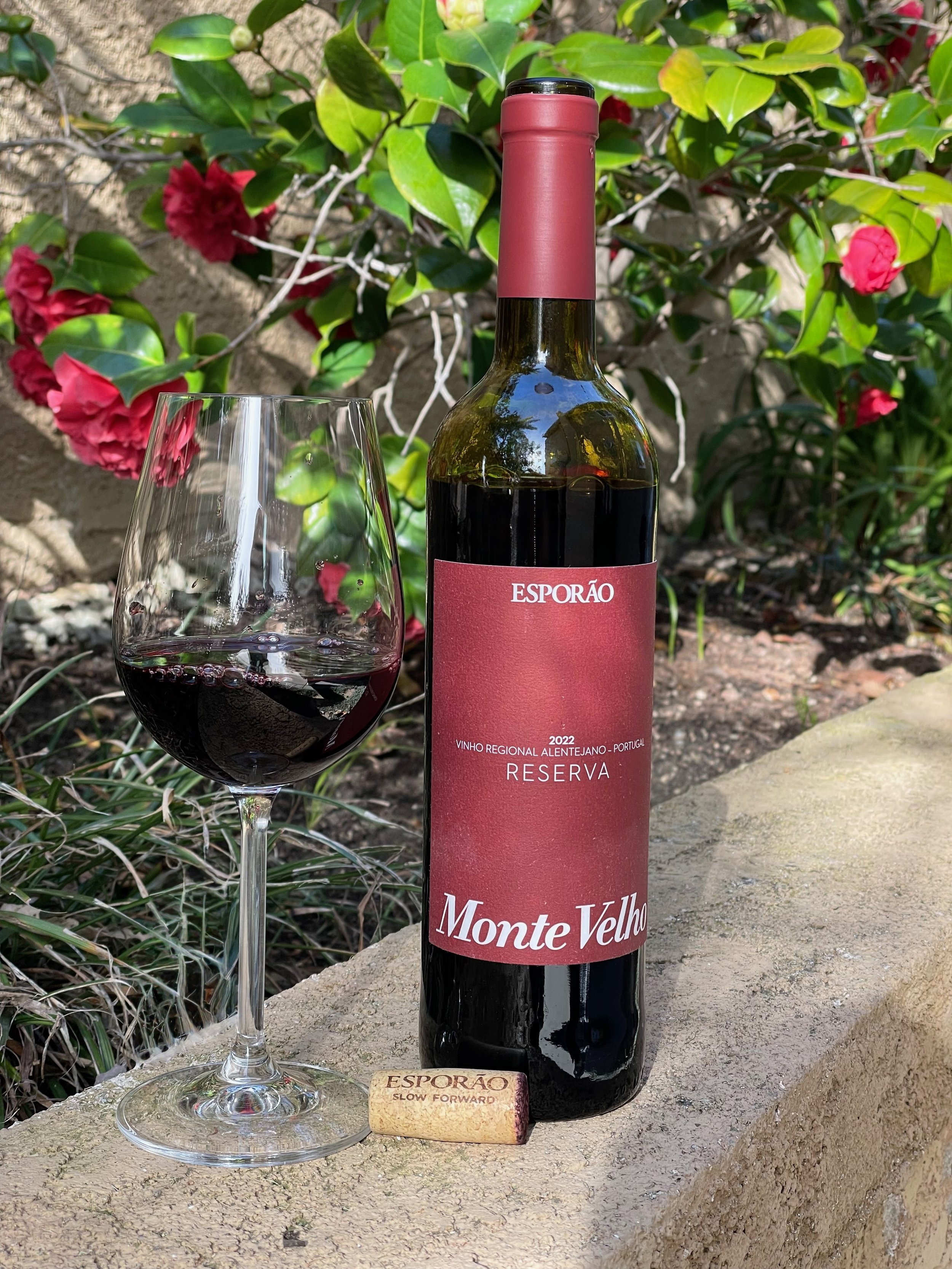Photo by Martin Katler on Unsplash
As was previously noted, wine making is a combination of science and art. One of the factors that’s considered an art is selecting the right grapes to grow in the right area.
In winemaking, terroir describes the interplay of environmental factors—soil, topography, and climate—that shape the unique characteristics of a wine. By understanding their terroir, winemakers can select the most suitable grapes and ensure a successful and flavorful wine.
Here’s how terroir affects grape choices:
Climate: Different grape varieties have distinct climate requirements. For instance, cooler climates are more suitable for grape varieties like Pinot Noir and Riesling, which necessitate a longer growing season and cooler temperatures. Conversely, warmer climates tend to favor heat-loving grapes such as Cabernet Sauvignon, Syrah, and Zinfandel.
Soil: The composition of the soil significantly influences the growth of grapes and the flavor profile of the resulting wine. For instance, grapes grown in well-drained, rocky soils, such as those found in Bordeaux, tend to produce wines with more concentrated flavors. Conversely, fertile soils may encourage more vigorous vine growth, potentially leading to wines with less intensity.
Topography: A vineyard’s elevation, slope, and sunlight exposure significantly impact grape ripening. Grapes grown on steeper slopes or with south-facing exposure receive more sunlight, which aids in the development of sugar and the grapes’ complete ripening. Consequently, certain grape varieties are more frequently found on specific slopes or elevations within renowned wine regions.
Microclimates: Even within a region, different vineyards may have distinct microclimates due to factors such as wind patterns or proximity to bodies of water. These subtle variations can significantly influence a winemaker’s choice of grape varieties to plant.
In summary, winemakers must select grape varieties that are best suited to the specific terroir of their vineyards, as this can significantly impact the quality and style of the wine.






